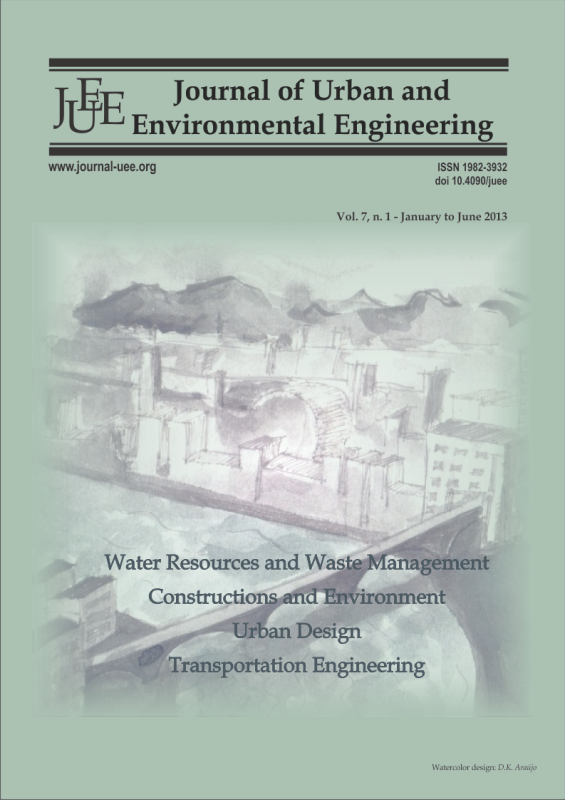KOHONEN NEURAL NETWORKS FOR RAINFALL-RUNOFF MODELING: CASE STUDY OF PIANCÓ RIVER BASIN
DOI:
https://doi.org/10.4090/juee.2013.v7n1.176-182Keywords:
Self-organizing maps, artificial neural networks, rainfall-runoff model, semiaridAbstract
The existence of long and reliable streamflow data records is essential to establishing strategies for the operation of water resources systems. In areas where streamflow data records are limited or present missing values, rainfall-runoff models are typically used for reconstruction and/or extension of river flow series. The main objective of this paper is to verify the application of Kohonen Neural Networks (KNN) for estimating streamflows in Piancó River. The Piancó River basin is located in the Brazilian semiarid region, an area devoid of hydrometeorological data and characterized by recurrent periods of water scarcity. The KNN are unsupervised neural networks that cluster data into groups according to their similarities. Such models are able to classify data vectors even when there are missing values in some of its components, a very common situation in rainfall-runoff modeling. Twenty two years of rainfall and streamflow monthly data were used in order to calibrate and test the proposed model. Statistical indexes were chose as criteria for evaluating the performance of the KNN model under four different scenarios of input data. The results show that the proposed model was able to provide reliable estimations even when there were missing values in the input data set.Downloads
Download data is not yet available.
Downloads
Published
2013-09-01
Issue
Section
Articles




